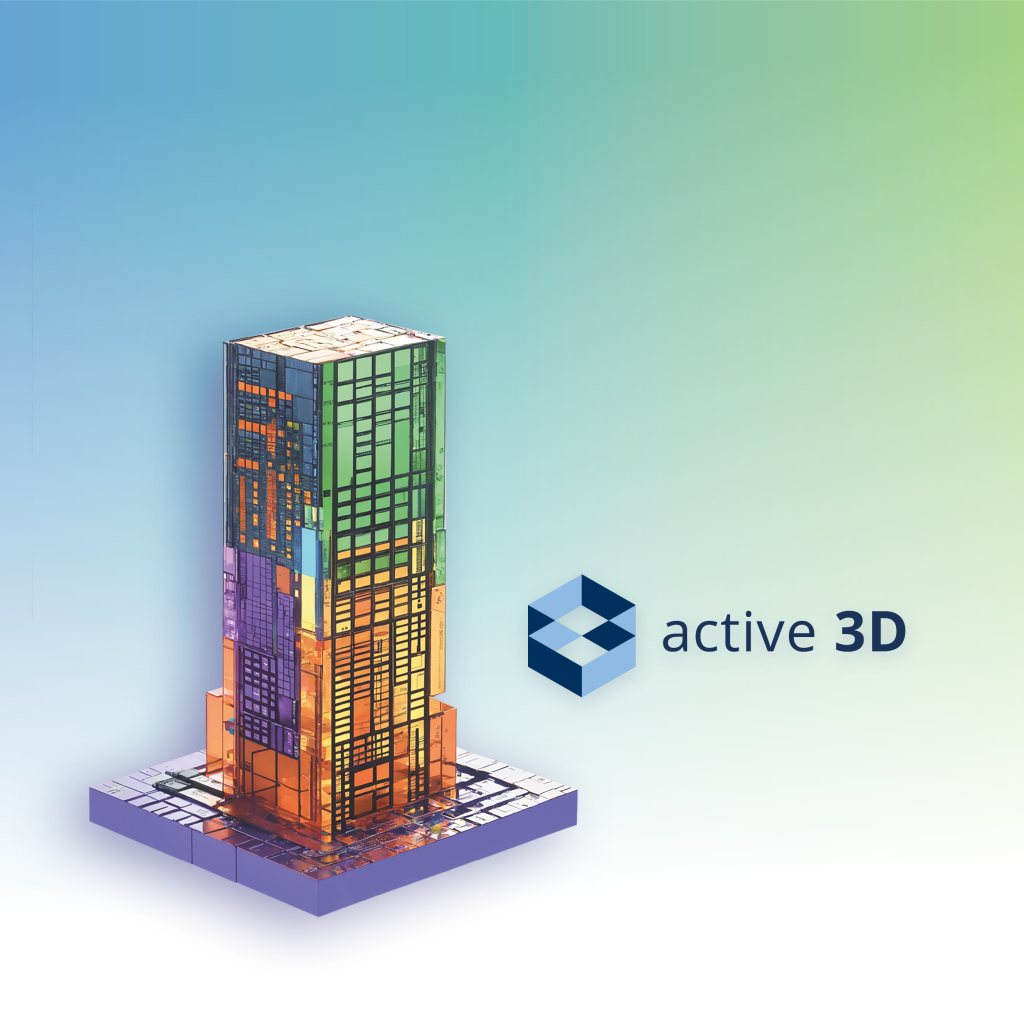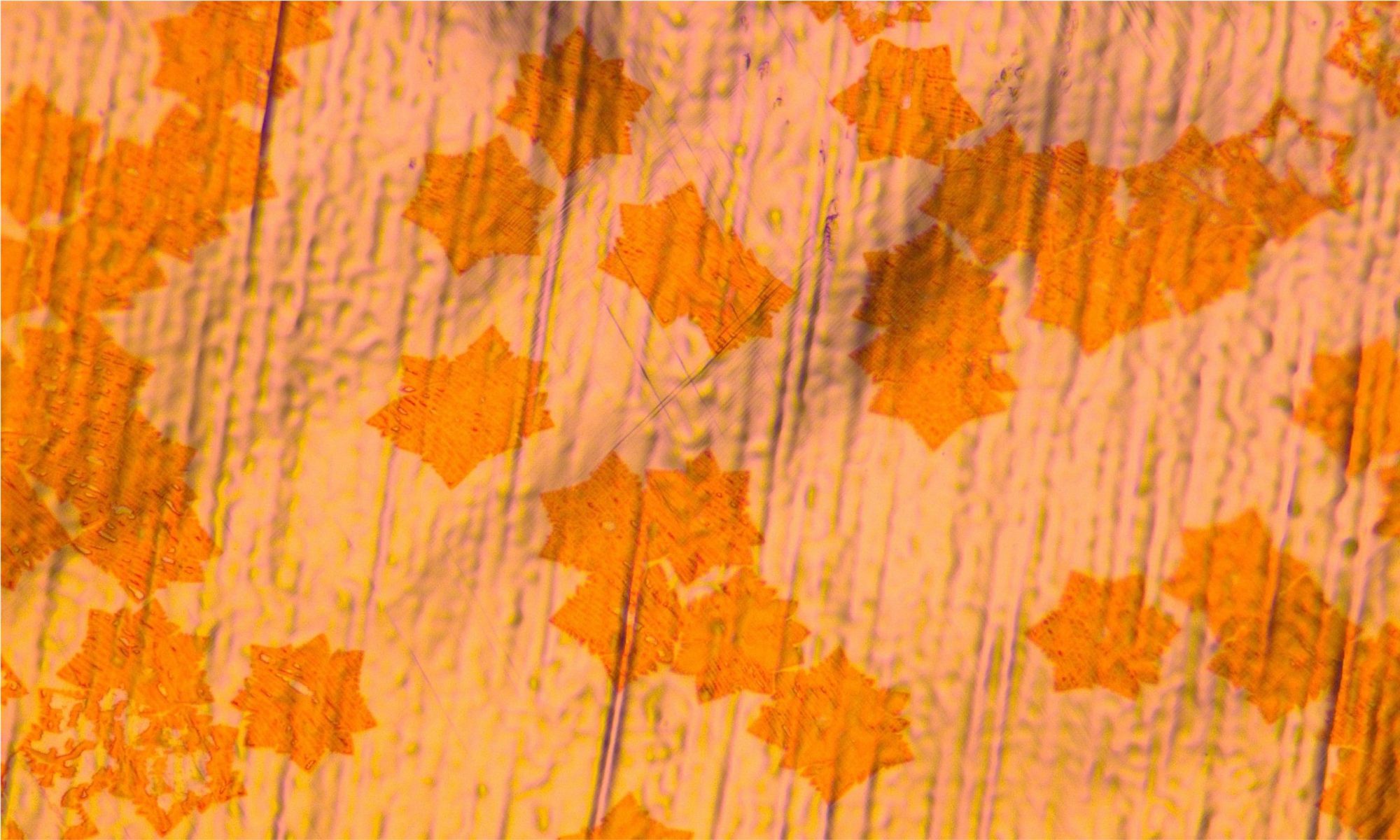In his famous 1959 lecture “There’s Plenty of Room at the Bottom,” physicist Richard Feynman explored the vast, untapped potential of manipulating matter at the nanoscale. Fast forward to today, and researchers are turning their gaze upward — not downward — to explore a new frontier in electronics.
The Collaborative Research Center/Transregio TRR404 – “Next Generation Electronics with Active Devices in Three Dimensions (Active-3D)” – is pioneering research into the underutilized space above the silicon chip. Inspired by the idea that “there’s plenty of room at the top,” the initiative aims to unlock new possibilities by integrating active devices directly into the chip’s Back-End of Line (BEOL). This approach could revolutionize how we design electronic systems, enabling new functionalities such as embedded logic, memory, and even active interconnects — all vertically integrated.

Active-3D is an ambitious, interdisciplinary initiative uniting top researchers from several leading institutions: TU Dresden, RWTH Aachen University, AMO GmbH, Forschungszentrum Jülich, the Max Planck Institute of Microstructure Physics (MPI-MSP) in Halle, the Nanoelectronic Materials Laboratory (NaMLab) in Dresden, and Ruhr University Bochum (RUB). The project is led by Prof. Thomas Mikolajick (spokesperson), from TU Dresden, and Prof. Max Lemme (vice-spokesperson), from RWTH Aachen University.
The Aachen Graphene & 2D Materials Center is a key contributor to this effort, with principal investigators Sven Ingebrandt, Joachim Knoch, Zhenxing Wang, Renato Negra, and Max Lemme actively involved.
To learn more about TRR404 Active-3D and its mission to shape the future of electronics, visit the project homepage.
